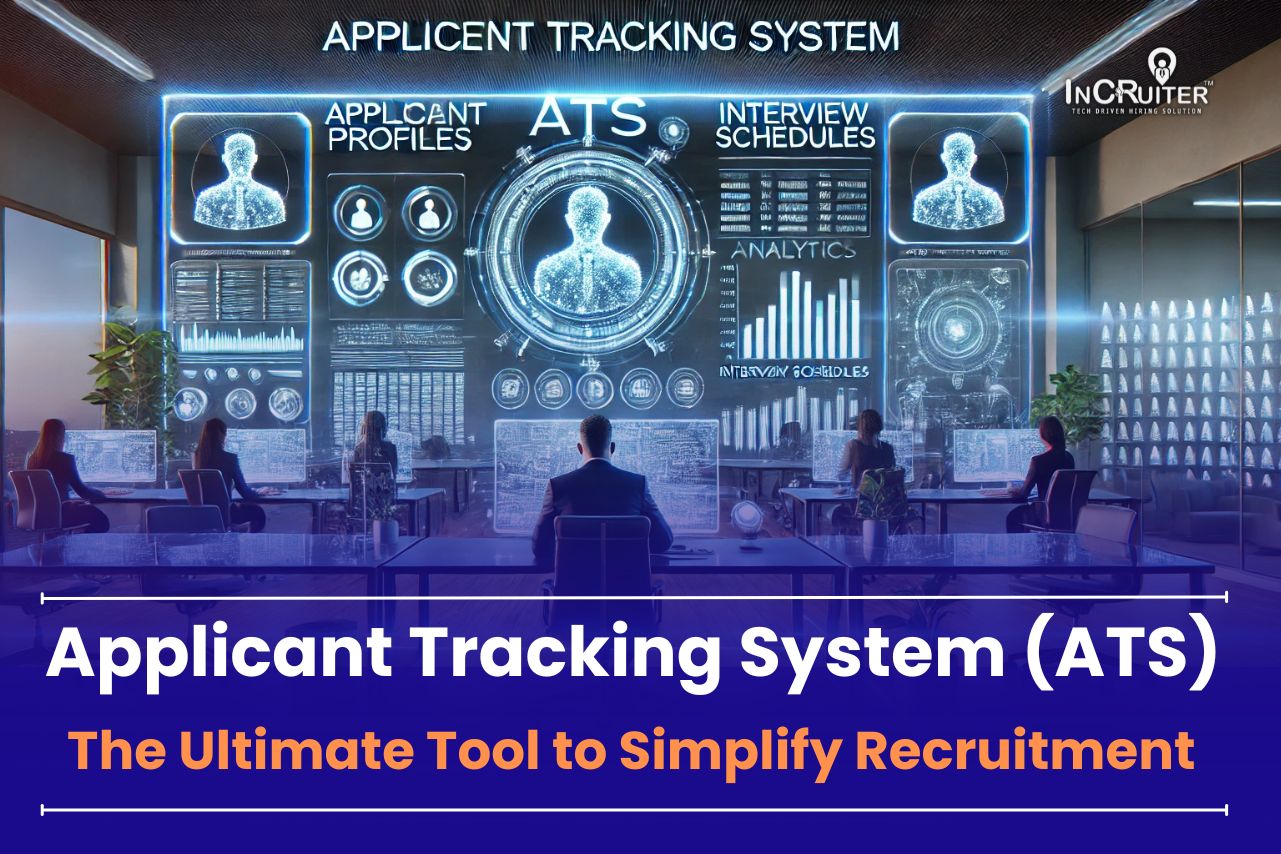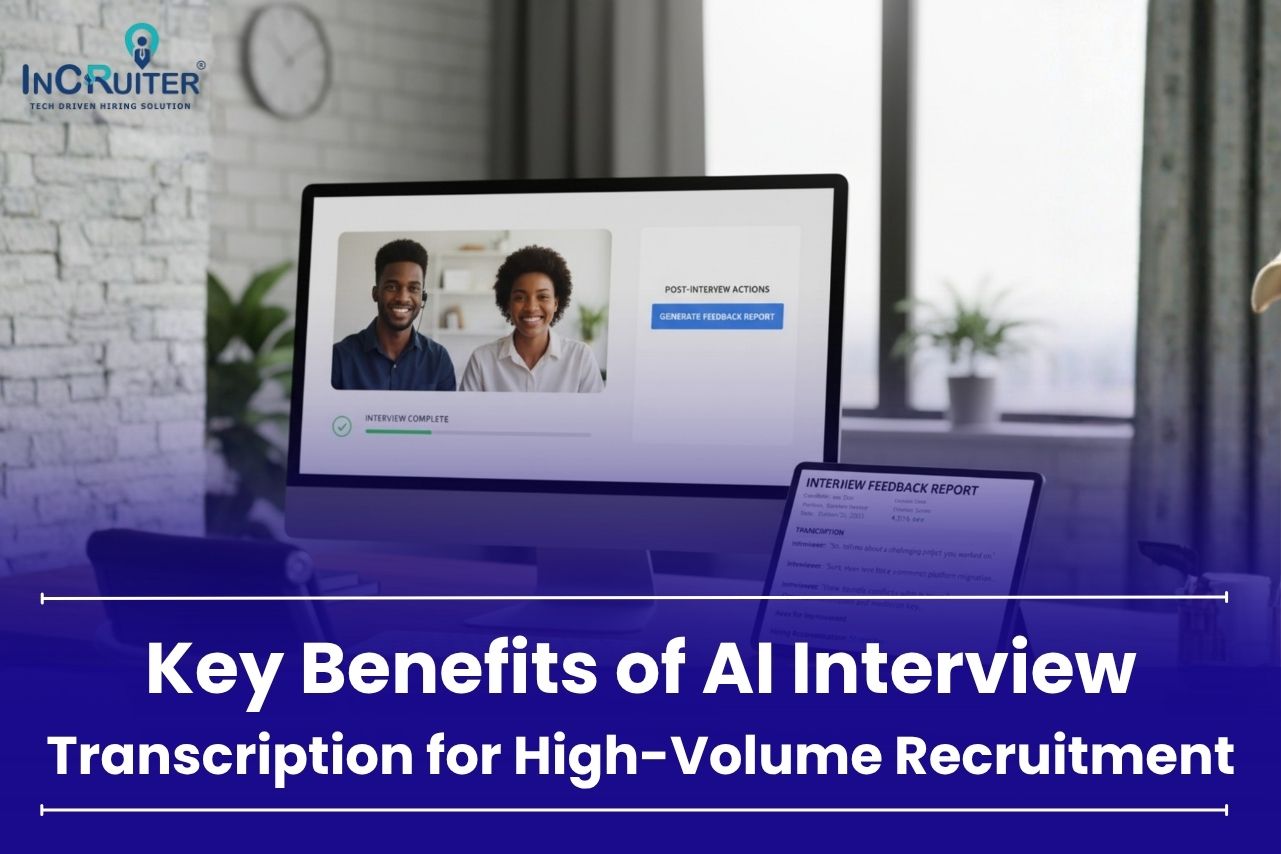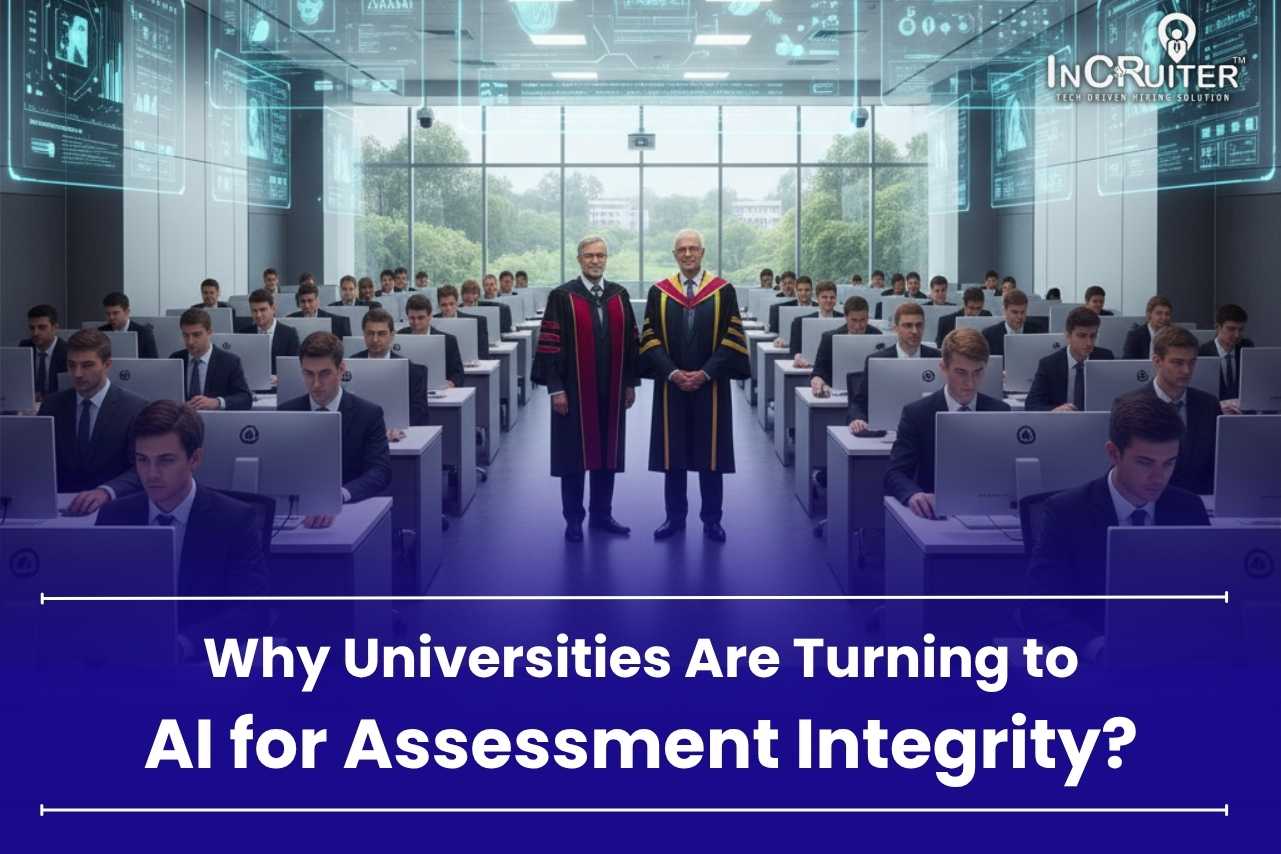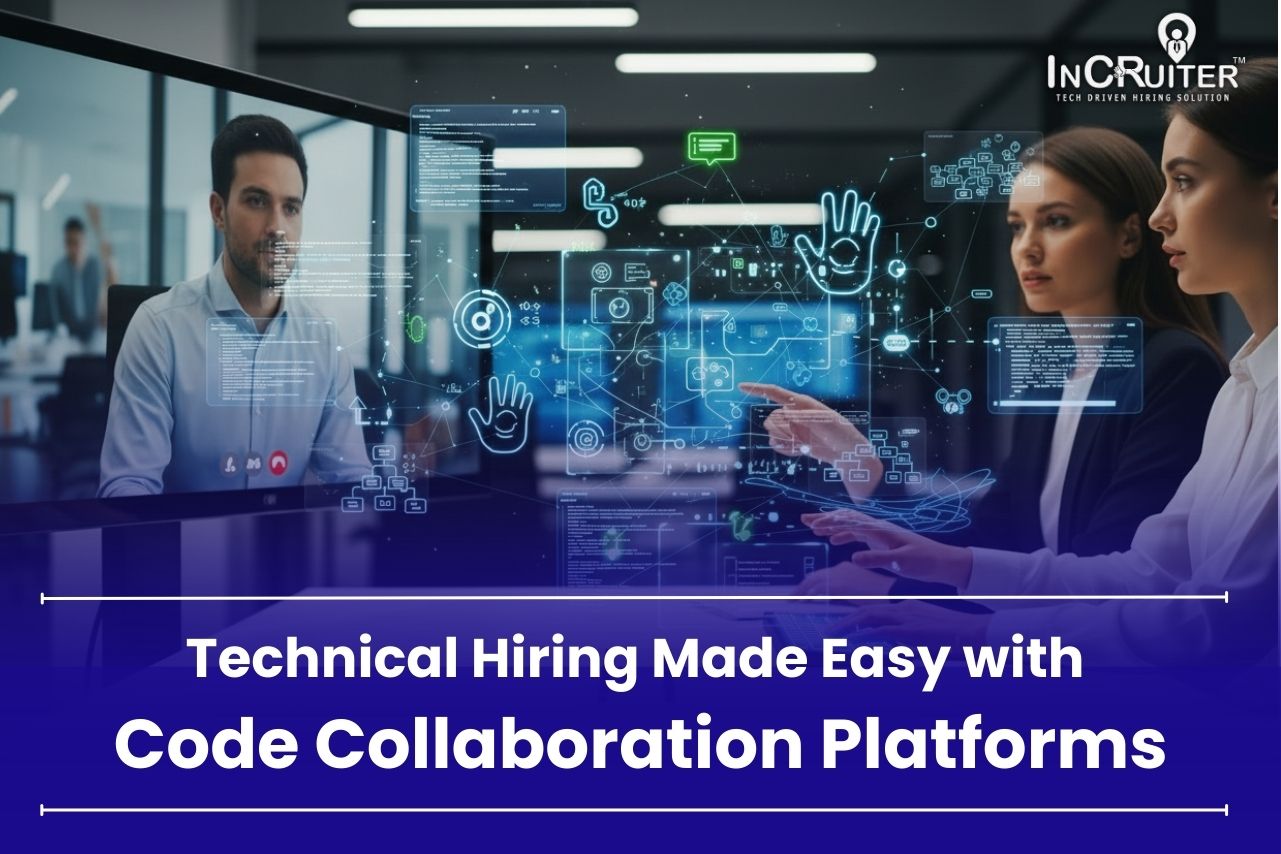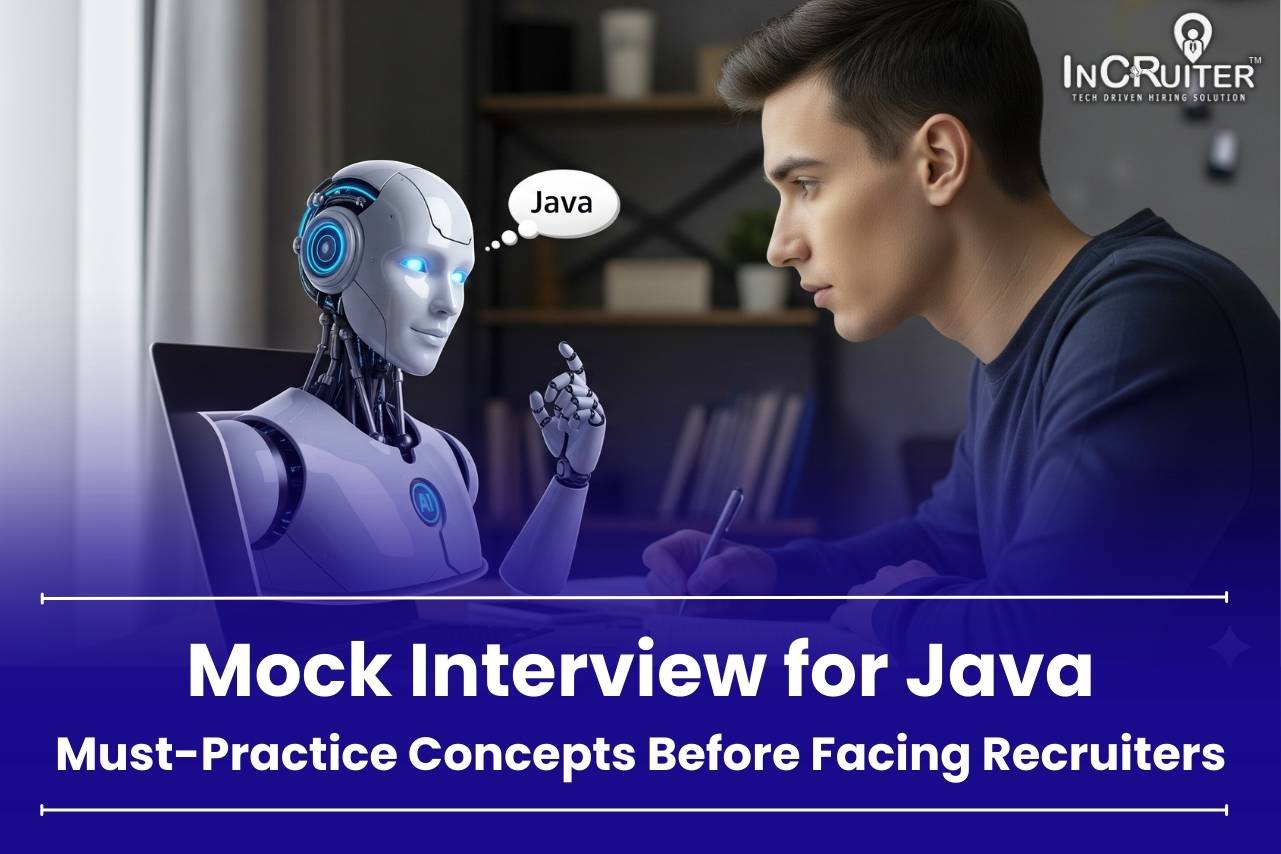Every hiring manager knows the frustration of resumes piling up, top candidates disappear before you can even schedule an interview, and recruitment deadlines keep slipping. Meanwhile, your competitors are closing positions faster, securing the best talent while your team is still sorting through applications. The problem isn’t a lack of talent; it’s an outdated method. An Applicant Tracking System (ATS) changes the game by automating resume screening, streamlining interview scheduling, and making hiring more structured and data-driven.
In this blog, we’ll explore how an ATS transforms recruitment, why it’s essential for modern hiring, and how to pick the right one for your business.
What is an Applicant Tracking System (ATS)?
An Applicant Tracking System (ATS) is an AI-powered recruitment software that automates and optimizes hiring processes. It stores, organizes, and tracks job applications, helping recruiters and HR teams filter resumes, assess candidates, and manage interviews efficiently. Modern ATS platforms integrate with job boards, career sites, video interviewing tools, and AI-driven analytics to enhance decision-making. They offer automated resume screening, skill-based ranking, diversity hiring insights, and workflow customization. By reducing hiring bias, improving candidate experience, and enabling data-driven recruitment, ATS solutions help companies scale hiring efforts while ensuring compliance and efficiency in talent acquisition.
Also read: Top 5 Reasons To Use Applicant Tracking System For Hiring?
Why every Company needs an Applicant Tracking System (ATS)?
1. Stop Wasting Hours Sorting Resumes
Suppose you post a job, and 100’s of applications flood in by morning. Sorting through them one by one? That’s not just tiring; it’s a black hole for time. Studies show hiring teams can lose almost 3 full workdays scanning resumes for just one role. The worst part? Many of those applicants don’t even meet the basic job requirements. However, since the resumes keep piling up, recruiters often feel forced to skim through everything manually.
An ATS fixes this instantly. It scans all applications in seconds, removing those that don’t fit the job criteria. The system picks the strongest candidates based on skills, experience, and job requirements. No more endless scrolling through emails or guessing which resume stands out. The best part? Recruiters get a well-filtered list without extra effort. That means more time for honest conversations with top candidates instead of drowning in paperwork.
2. Save Money on Hiring
Leaving a role open for too long is not only frustrating but also expensive. Every extra day, a position stays unfilled, and businesses lose money in ways that aren’t always obvious. Teams get stretched thin, deadlines slip, and projects move slower than they should. The longer hiring drags on, the more money goes into job ads, recruiter fees, and repeated interviews. Small businesses feel this even more since they have fewer people to handle extra workloads.
An ATS speeds things up. It tracks every candidate, schedules interviews automatically, and sends follow-ups without anyone having to chase applicants for responses. This means recruiters can focus on hiring instead of dealing with back-and-forth emails. A faster hiring process leads to lower costs, better productivity, and a stable team that keeps the business running smoothly. Even startups can compete with larger companies without burning through their budgets.
3. Hire the Right People with Confidence
Making a bad hire is costly. It affects the entire team, not just one person. The problem is that manual hiring comes with risks. Bias, human error, and rushing to fill positions can lead to hiring mistakes. Just because a resume looks polished doesn’t mean the person behind it is the best fit. In the rush to close a role, recruiters might overlook someone who was a better choice.
An ATS removes the guesswork. Instead of relying on gut feeling, it sorts candidates based on accurate data. Every resume gets checked the same way, so no one is skipped just because they applied late or used a different resume format. It also helps remove bias by focusing only on skills and experience. The result? Stronger teams, better hires, and employees who actually stick around.
4. Give Candidates a Smooth Hiring Experience
People don’t just want a job; they want to feel valued during the process. A slow, messy hiring experience can turn even the most eager candidate away. Think about how frustrating it is to apply for a job and wait for weeks without any update. Many job seekers face this, pushing them to accept offers elsewhere.
Without an ATS, recruiters struggle to keep up. Candidates slip through the cracks, emails go unanswered, and interviews take forever to schedule. Everything feels scattered. An ATS fixes this by keeping communication smooth and organized. It updates applicants automatically, schedules interviews without back-and-forth emails, and sends timely responses. Even those who don’t get selected leave with a positive impression, making them more likely to apply again or recommend the company to others. A well-organized hiring process attracts better talent and builds a strong reputation for the company.
5. Keep Hiring Secure & Fair
Hiring isn’t just about picking the best candidate; it’s about doing it correctly. Businesses must follow strict hiring laws, protect candidate data, and ensure the process is fair. Without a proper system, keeping track of everything manually is a nightmare. Losing resumes, mishandling personal data, or failing to document hiring decisions could cause serious trouble.
An ATS keeps things safe and structured. It stores every application in one place, ensures all hiring steps are correctly recorded and makes compliance easier. Instead of worrying about misplaced files or accidental mistakes, recruiters can focus on hiring the right person while staying legally protected. No stress, no missing documents, just a clean, well-documented hiring process.
6. Grow Without Hiring Chaos
Hiring feels simple when a company is small. But as it grows, things get tricky. More job openings mean more applications, more interviews, and more moving parts. Without a structured system, confusion sets in. Small businesses struggle to keep up, while large companies get buried under high-volume hiring.
An ATS keeps hiring smoothly at every stage. Whether a company needs five new employees or five hundred, the process stays structured. Small businesses can build a strong hiring system early on, preventing headaches later. More prominent companies can manage large-scale recruitment without delays. Instead of hiring feeling like an uphill battle, it becomes a well-managed, efficient process that keeps business growth steady.
Also read: What is an Applicant Tracking System? Everything you need to know
How to choose the right ATS for your hiring needs?
Not every hiring software works the same way; picking the right one can either speed up or slow down your process. A good system should be simple to use so recruiters and hiring managers don’t waste time figuring out how it works. If it requires weeks of training, it’s not the best choice.
Automation makes a big difference. An intelligent system can sort through applications, match skills, and reduce manual work, helping you find strong candidates faster. It should also fit how you hire. Every company has a different way of doing things, so your system should be flexible enough to match your process instead of forcing you to adjust.
It’s also essential that it connects well with other tools like HR software, job boards, and email platforms. If these don’t work together, you’ll spend more time fixing problems instead of hiring. And don’t forget reports and insights your system shouldn’t just store resumes; it should help you track progress, spot delays, and improve how you hire.
The right system isn’t just a tool; it’s a way to make hiring faster, smoother, and smarter. Choose wisely; the right one will save time, improve decisions, and help you build a strong team.
Final Thoughts
You’re already playing catch-up if your company isn’t using an ATS. In today’s fast-paced hiring landscape, manual recruitment is outdated, and top companies have already moved to more innovative, AI-powered solutions. An ATS isn’t just for big corporations; it’s a must-have for businesses of all sizes looking to hire faster, cut costs, attract top talent, enhance the candidate experience, ensure compliance, and scale effortlessly.
The competition is already ahead, using data-driven hiring to secure the best candidates. Now it’s your turn to stay ahead with the InCruiter Applicant Tracking System (ATS) because great hiring starts with the right technology.






